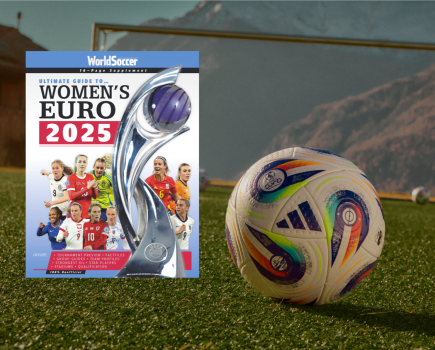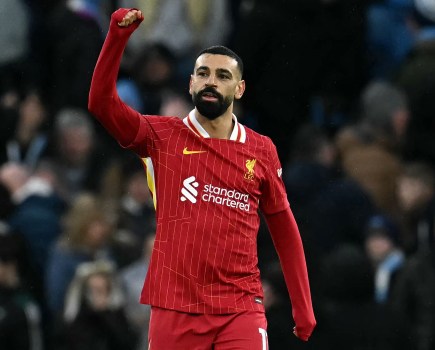 Qatar’s 2022 World Cup organisers have been forced to issue a swift denial to the story reported yesterday that matches at the 2022 tournament could be played over three periods of 30 minutes in order to aid players in the desert heat.
Qatar’s 2022 World Cup organisers have been forced to issue a swift denial to the story reported yesterday that matches at the 2022 tournament could be played over three periods of 30 minutes in order to aid players in the desert heat.
“Splitting the games held during the FIFA World Cup 2022 in Qatar has not been discussed at any time,” read a statement. “All 64 games in 2022 will be played in carbon neutral, cooled stadiums in two halves of forty-five minutes as per regulations.
A game of three thirds is a preposterous idea, of course. But then so is playing football’s flagship international tournament in temperatures of 50 degrees centigrade in a country with no football heritage.
If the story had come from FIFA, via yet another off-the-cuff remark by Sepp Blatter or a proposal to the organisation’s medical committee, it could be considered, and then dismissed.
But the story emerged from leftfield yesterday after Michael Beavon, a director of respected engineering company Arup, told a conference in London that FIFA had a “forward-thinking” plan to divide matches into thirds, giving players more time to rehydrate if stadium temperatures rose above 84 degrees.
Did Beavon let the cat out of the bag? What does he stand to gain from revealing such a plan?
From a financial point of view, having two breaks during a match doubles the opportunities for TV advertisers. FIFA gets the vast majority of its income from World Cup TV rights yet the general feeling in the TV rights industry is that the market has peaked.
A game of three thirds would require a change in the laws of the game, and deserves to be laughed out of town. But in Blatterland, where World Cup TV revenues drive everything, the idea may still have legs.






